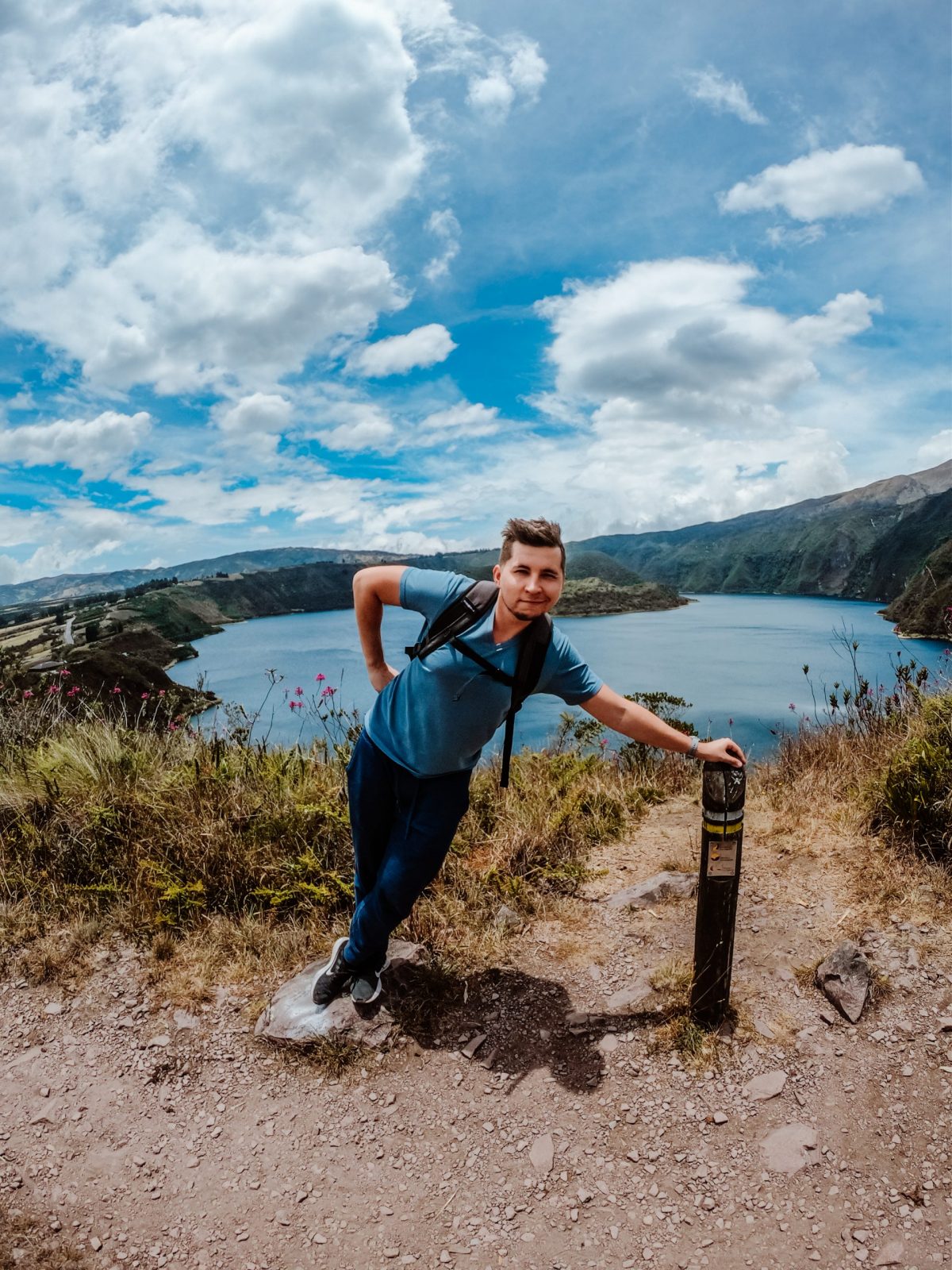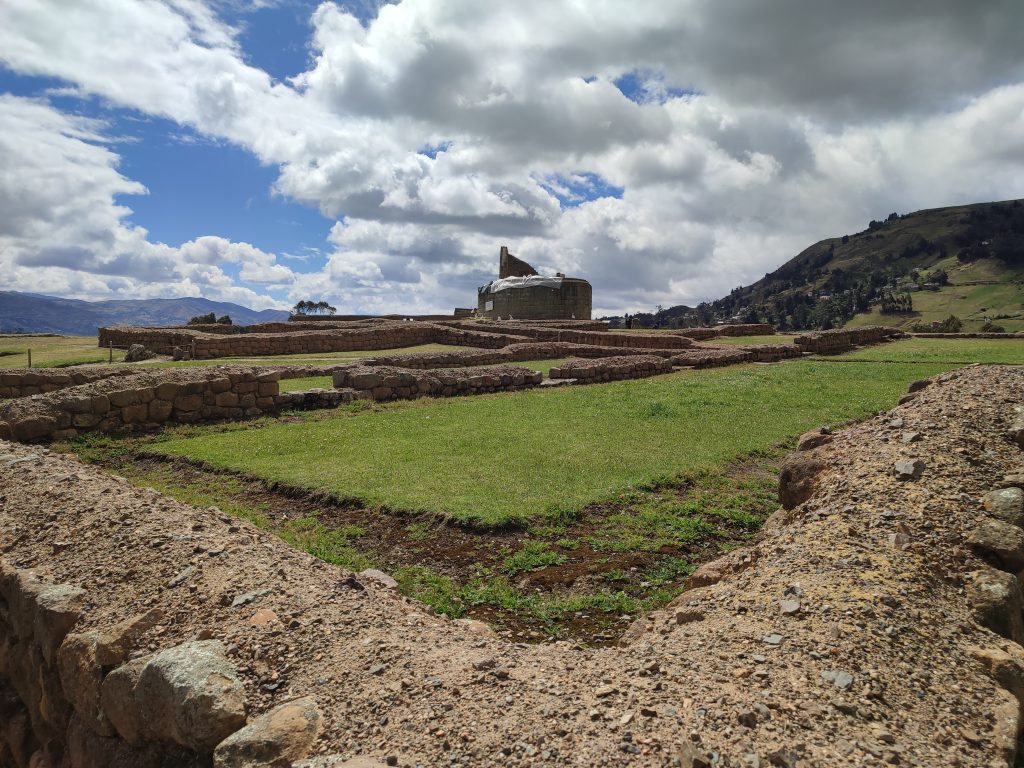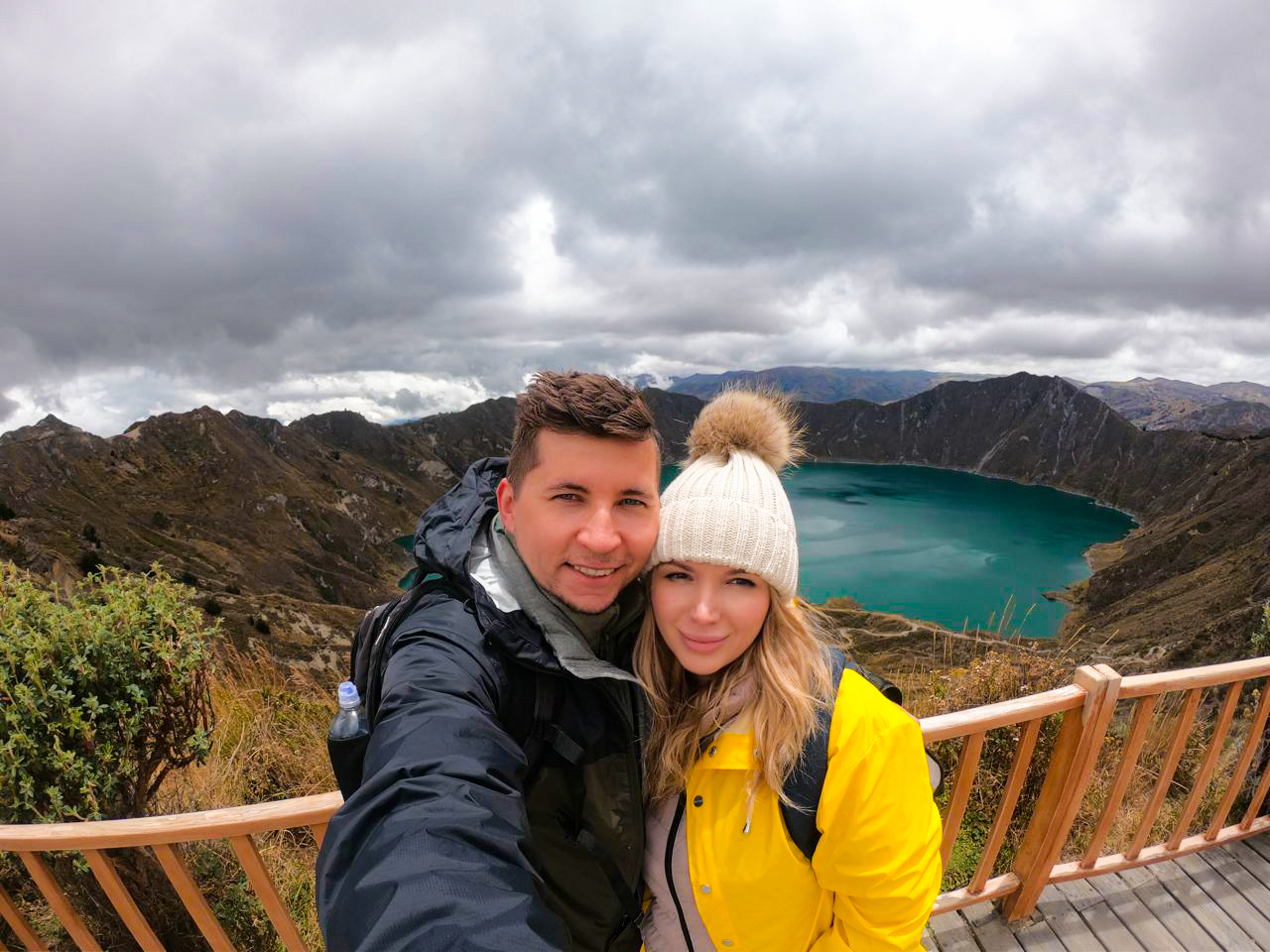Preparing for High Elevation in Cuenca
If you’re planning a trip to Cuenca, my wife and I would highly recommend preparing in advance to make the most of your experience. For us, starting ChlorOxygen supplements one to two weeks before the trip was a game-changer—it really helped us adjust to the thinner air.
Another thing we did to get ready was focus on building aerobic fitness. While we’re not marathon runners by any stretch, staying active in the weeks leading up to the trip made a noticeable difference. Stronger lungs can handle the transition to Cuenca’s high altitude much more easily, which allowed us to adapt more smoothly and enjoy exploring the city without feeling too winded. If you’re planning your visit, a little preparation goes a long way!
In the months leading up to our trip to Cuenca, we made a point to exercise more regularly. Whether it was jogging in the park, walking through the neighborhood, or using the treadmill at the gym, these activities helped us build lung strength and overall fitness. It wasn’t about pushing limits but about staying consistent.
When we arrived in Cuenca, we could immediately feel the difference. The high altitude didn’t overwhelm us, and we managed to explore the city comfortably. Preparing in advance with simple exercises like these is a great way to adapt more easily to the thinner air, allowing you to focus on enjoying your trip rather than struggling to catch your breath.
Altitude Sickness in Cuenca
According to international health authorities, altitude sickness can occur at elevations over 2,500 meters. Since Cuenca sits just 60 meters above that threshold, it’s possible to feel some effects, especially if you’re coming straight from a lowland area like we did. My wife and I were a bit apprehensive, having heard stories about altitude sickness, but our experience turned out to be smooth.
Thankfully, altitude sickness in Cuenca is rare, and when it does occur, the symptoms are usually mild. If you’ve already spent time in Quito or other high-altitude areas in Ecuador, adjusting to Cuenca is even easier. We had spent a few days in Quito before arriving, which likely helped us acclimatize.
In reality, most people either feel no effects or experience only mild symptoms for a day or two. For us, a bit of lightheadedness on the first day was the extent of it, and after taking it slow and staying hydrated, we quickly adapted to Cuenca’s elevation.
Indications of altitude sickness may include:
- Headaches
- Difficulty sleeping
- Nausea
- Uneasy stomach
- Feeling faint or unsteady,
- Breathing heavily as you climb the stairs
- Reduction in appetite
Tips to Avoid Elevation Sickness in Cuenca, Ecuador
Trust me, while altitude requires some preparation, knowing how to adjust makes all the difference in enjoying Cuenca’s beauty! Want an expertly planned itinerary that balances acclimatization with exploring this colonial gem? Get a FREE quote from my recommended local agency. Your booking supports this blog and local Ecuadorian businesses.
How to Treat Altitude Sickness
To help prevent and alleviate the symptoms of altitude sickness, staying hydrated with plenty of water is the most effective remedy. I found that drinking water regularly significantly reduced any headaches we experienced.
In addition to hydration, we used the following methods to ease the symptoms of altitude sickness:
- Painkillers: Medications like ibuprofen, aspirin, and paracetamol can be helpful for headaches or general discomfort. We had some on hand just in case, and they worked well for us.
- Altitude Medication: We started taking ChlorOxygen before our trip to help our bodies adjust to the thinner air. It made a difference in how we felt, especially on our first day in Cuenca. Some people also recommend Diamox, which can help with altitude sickness, but ChlorOxygen worked great for us.
- Oxygen Inhaler: In case we felt out of breath, an oxygen inhaler could be a lifesaver. We didn’t need it, but it’s worth having if you’re particularly sensitive to altitude.
- Increased Red Blood Cells: The chlorophyll in ChlorOxygen helps your body produce more red blood cells, which can carry more oxygen. This makes it easier to adapt to higher altitudes, and it definitely helped us feel more energized.
- Natural Remedies: We also tried drinking coca tea (a traditional remedy in the Andes), which has natural properties that help with altitude sickness. Additionally, Ginkgo Biloba and antioxidants like vitamins C and E are known to assist in adapting to higher elevations.
Using a combination of these methods, we felt much more comfortable as we adjusted to Cuenca’s altitude, and we were able to enjoy our time there without any major issues.

Planning trip to Ecuador?
My wife and I rented a car for 15 days and traveled from the northern part of Ecuador to the south, visiting amazing cities like Quito, Otavalo, Baños, Cuenca, and Guayaquil. Along the way, we explored iconic places such as Cotopaxi National Park, Quilotoa Lake, and many more breathtaking destinations.
Not many blogs cover traveling in Ecuador in detail, so I spent nearly three weeks creating this comprehensive Ecuador travel guide based on our trip. It’s packed with everything you need to know, and honestly, I consider it the best free travel guide about Ecuador out there.
If you’re planning a trip to Ecuador, don’t forget to use my link for discounted hotel prices through Booking.com. It’s a great way to support my blog while saving money on your accommodations!
In Conclusion
While Cuenca’s elevation is relatively high, we found that most visitors, including ourselves, experience little to no altitude sickness. By staying hydrated, taking preventive measures like ChlorOxygen, and pacing ourselves in the first couple of days, we had no trouble adjusting to the altitude. Following the tips and guidelines shared in this article can help ensure a smooth and enjoyable trip to Cuenca, Ecuador, just like it did for us.




